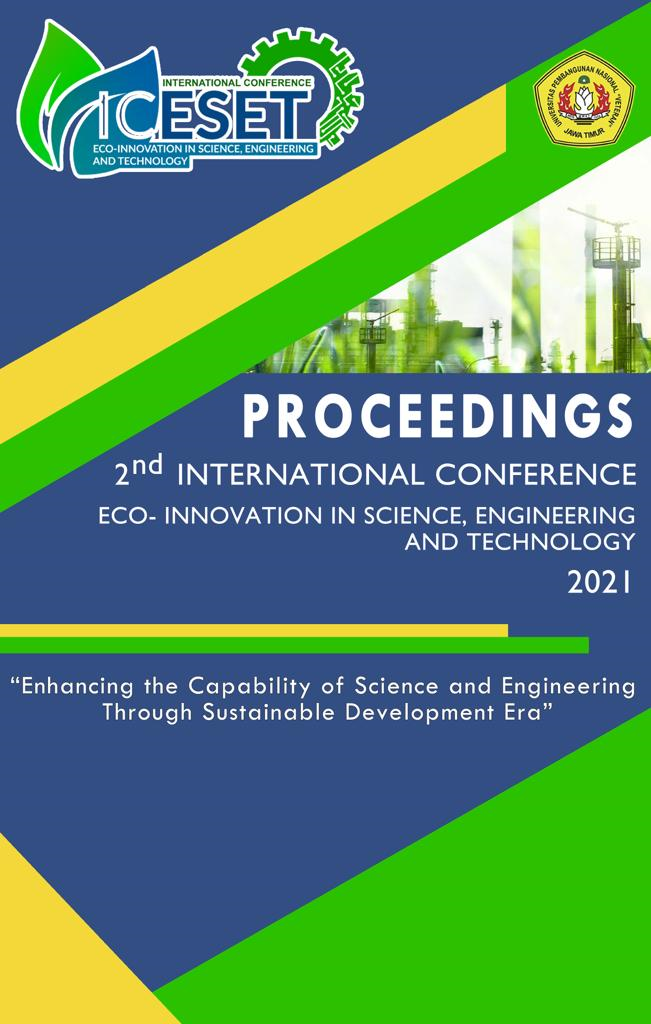Characteristics of Marshmallow from a Mixture of Watermelon Albedo (Citrullus vulgaris Schard) and Rosella Flower (Hibiscus sabdariffa) Extract with The Addition of Gelatin
DOI:
https://doi.org/10.11594/nstp.2021.1409Keywords:
Gelatin, marshmallow, rosella flower, Watermelon AlbedoAbstract
Watermelon albedo is a food waste that still has nutrients that can be used. The presence of nutritional compounds causes watermelon albedo potential to be processed into marshmallow products. The addition of rosella flower extract was expected to improve the sensory properties of the marshmallow. This study aims to determine the effect of the ratio of watermelon albedo juice to the rosella flower extract and the impact of the addition of gelatin on the characteristics of marshmallows. This study used a completely randomized design (CRD) with two factors, namely the proportion of watermelon albedo juice: rosella flower extract (60:40, 70:30, 80:20) and the addition of gelatin (10%, 12%, 14%). The data obtained were statistically analyzed using analysis of variance (ANOVA) and continued with Duncan's test (DMRT). The best treatment was obtained in the treatment of the proportions of watermelon albedo juice: rosella flower extract (70:30) with the addition of 14% gelatin which produced marshmallows with a characteristic moisture content of 24.33%; ash content 1.06%; vitamin C content 16.67 mg/100g; antioxidant activity 19.56%; reducing sugar content of 23.15%; hardness 1.07 N; lightness -15,7; redness 5,45; yellowness 0,95 the average value of color preference is 3.50 ( like); aroma 3.45 ( rather like); taste 2.95 (neutral); and texture 3.85 ( like).
Downloads
Downloads
Published
Conference Proceedings Volume
Section
License
Copyright (c) 2021 Ulya Sarofa, Andre Yusuf Trisna Putra, Lupita Khatty Indah Napitupulu

This work is licensed under a Creative Commons Attribution 4.0 International License.
Authors who publish with this proceedings agree to the following terms:
Authors retain copyright and grant the Nusantara Science and Technology Proceedings right of first publication with the work simultaneously licensed under a Creative Commons Attribution License that allows others to share the work with an acknowledgement of the work's authorship and initial publication in this proceeding.
Authors are able to enter into separate, additional contractual arrangements for the non-exclusive distribution of the proceedings published version of the work (e.g., post it to an institutional repository or publish it in a book), with an acknowledgement of its initial publication in this proceeding.
Authors are permitted and encouraged to post their work online (e.g., in institutional repositories or on their website) prior to and during the submission process, as it can lead to productive exchanges, as well as earlier and greater citation of published work (See the Effect of Open Access).














